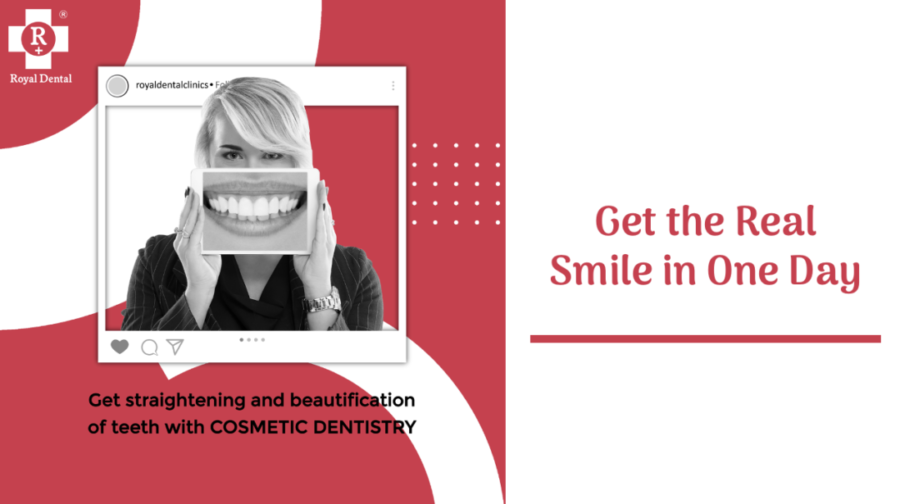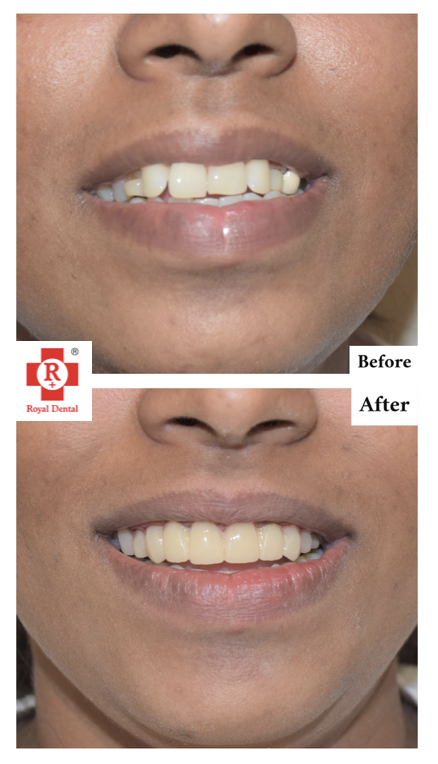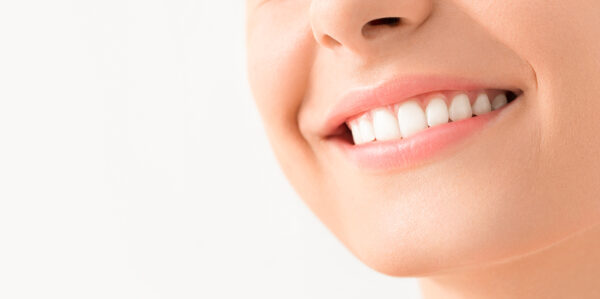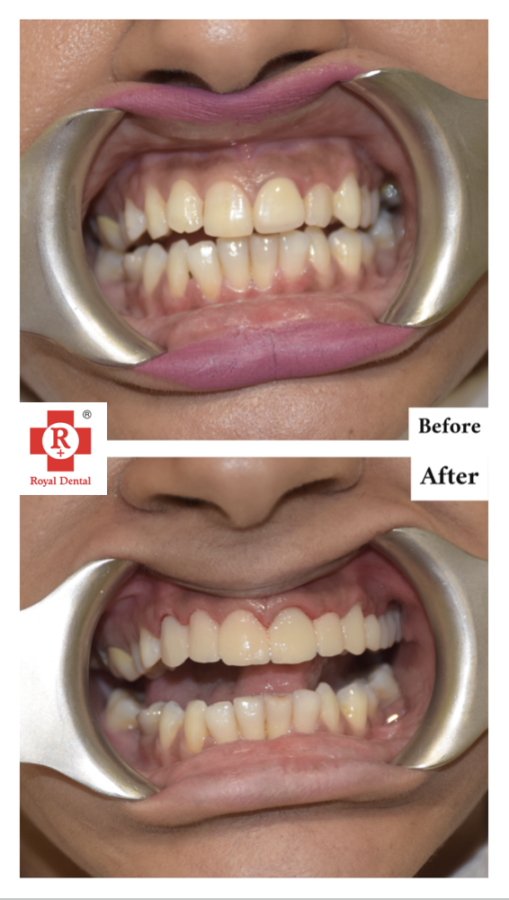When you meet new people, you tend to look out for their reactions and check if they are happy to meet you, or not. This is when you need to read a smile. No one can ever judge your reaction from just words. The way someone smiles is what defines their mood. It’s the small things we overlook that give us insight into another person’s feelings about us, our interaction, and the world around us. A genuine twinkle is something that takes time to develop; it’s not something that anyone can fake; unless of course, you’re born with it. With that said, reading a smile is an art in itself. Every smile has its own unique meaning and expression behind it So to help make sense of this social signal and how it works, read what Dr Chirag Chamria has to say.
Have you ever been in a meeting with someone and noticed that every time you cross or uncross your legs, they do the same? Or perhaps they lean their head the same way as yours when you’re talking? That’s actually a good sign.
What does a smile mean?
A smile is the most common gesture of happiness. However, it can also be a signal of other feelings, such as embarrassment, irony, or shame. An embarrassed smile is a signal that the person is feeling both positive and negative about the same thing at the same time. “I am so happy to be here, but I also wish I were someplace else.” A smile can also signal that a person feels trust towards you.

It is a gesture that tells you that someone likes you and feels comfortable in your presence. When you smile at someone, they usually feel privileged and want to smile back at you in return. A twinkle can also become ironic when the circumstances are not appropriate for happiness. When someone is feeling shame, they might smile and hope that you will overlook their mistake or inappropriate behavior.
Smiling when you’re embarrassed
If you smile when you’re embarrassed, it’s likely that you are feeling both positive and negative emotions at once. You might feel shame at being exposed in front of others, but are simultaneously happy to be with people you like. This is an indication that you are feeling playful, awkward, and silly. If your smile is genuine, you will likely feel comfortable with your surroundings and the people you’re with. You might even feel safe enough to let your guard down and make a silly mistake, or say something embarrassing without worrying about others judging you for it.

Smiling to build trust
If you find yourself smiling at someone because you want to build trust with them, you might feel sincere and happy to be with them. Alternatively, you might want to be liked by others and be faking a smile to make people like you. If you are smiling because you want to build trust, you will likely feel comfortable with the people you are with and feel safe enough to let your guard down.
You might feel like you can be yourself and not worry about being judged. Note that a genuine smile that is meant to build trust is different from a fake one to make someone like you. A fake twinkle is a false gesture that often doesn’t reach your eyes. Instead, a fake smile is a closed-mouth twinkle with a slightly upturned corners of your mouth.
“Brushing your teeth twice a day is one of the most prominent solutions to reduce the risk of developing not just tooth decay, but also gum disease”. Dr. Chirag Chamria, Oral and Maxillofacial Surgeon
Smiling when you’re happy
If you are genuinely happy, you might smile for no reason at all. You might have no shame, no embarrassment, and no need to build trust with others. You might just be genuinely happy to be with people you like, or in the moment you are in. If you are truly happy to be with someone, or in the moment you are in, you might feel content and comfortable with yourself. You might feel relaxed and happy to be around the people around you and not feel any need to fake a smile.
A genuine smile is a window into someone’s soul
When it comes to smiling, the mouth can lie but the eyes can’t. Genuine twinkles reach the eyes, crinkling the skin to create crow’s feet around them. This is a smile that is genuine and sincere, and it’s something that not everyone can do. You can tell the difference between a fake smile and a genuine one by the expression in the eyes. A real smile is one that lights up a person’s eyes and makes them smile from the inside out. A fake twinkle rarely reaches the eyes, and it’s often accompanied by an upturned mouth and a fake tone in their voice.
The importance of body language
Apart from the actual smile, you can read a person’s reaction by looking at their body language. A smile is said to be 50% of the communication and the other 50% is the way someone holds themselves and the way they use their body to express themselves. If the person you are talking to is looking at you directly, smiling and exposing their teeth while they nod their head, they are likely feeling interested in what you are saying and are in a good mood.
If they are holding their body in a defensive position, crossing their arms, or looking away from you, they likely don’t feel comfortable with you or the situation you are in. Crossed arms and legs are physical barriers that suggest the other person is not open to what you’re saying. Even if they’re smiling and engaged in a pleasant conversation, their body language tells the story.
As per Dr Chirag Chamria, Oral & Maxillofacial Surgeon at Royal Dental Clinics, “For us, excellence is our constant pursuit. Patients want immediate results & are no longer ready to hold back for days to restore their smile. We strive for nothing less than the mastery of this medium in which we have chosen to craft.”
Eyes must not lie.
We probably grew up hearing, “Look me in the eye when you talk to me!” Our parents were operating under the assumption that it’s tough to hold someone’s gaze when you’re lying to them. But that’s such common knowledge that people will often deliberately hold eye contact in an attempt to cover up the fact that they’re lying. The problem is that most of them overcompensate and hold eye contact to the point that it feels uncomfortable.



A clenched jaw signals stress.
A clenched jaw, a tightened neck, or a furrowed brow are all signs of stress. Regardless of what the person is saying, these are signs of considerable discomfort. The conversation might be delving into something they’re anxious about, or their mind might be elsewhere and they’re focusing on the thing that’s stressing them out. The key is to watch for that mismatch between what the person says and what their tense body language is telling you.
Conclusion
Reading a smile correctly can be difficult. The same person might smile in different ways during different conversations, and for different reasons. Your reaction to their smile and your ability to understand what their smile means is what matters most. A smile is a social signal that means different things in different contexts. Learning to read the different types of smiles people make can help you better understand and connect with others. “Brushing your teeth twice a day is one of the most prominent solutions to reduce the risk of developing not just tooth decay, but also gum disease”. Dr. Chirag Chamria, Oral and Maxillofacial Surgeon






